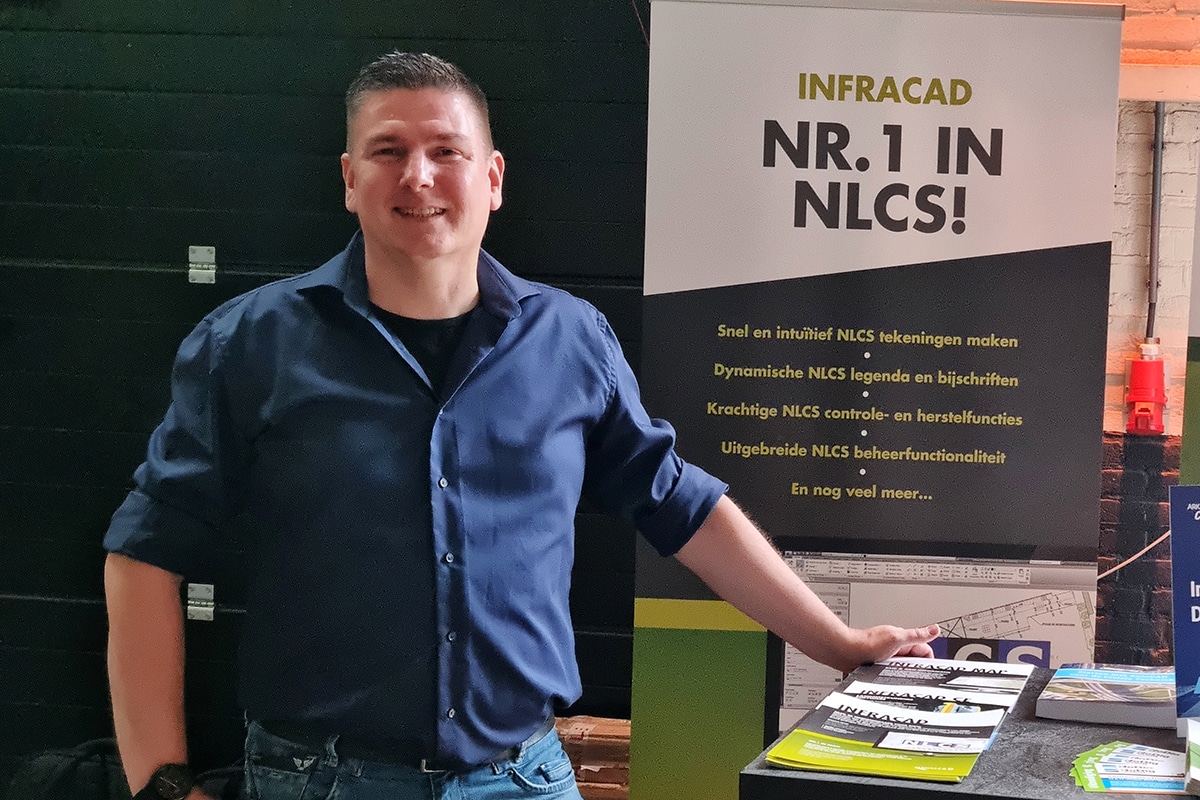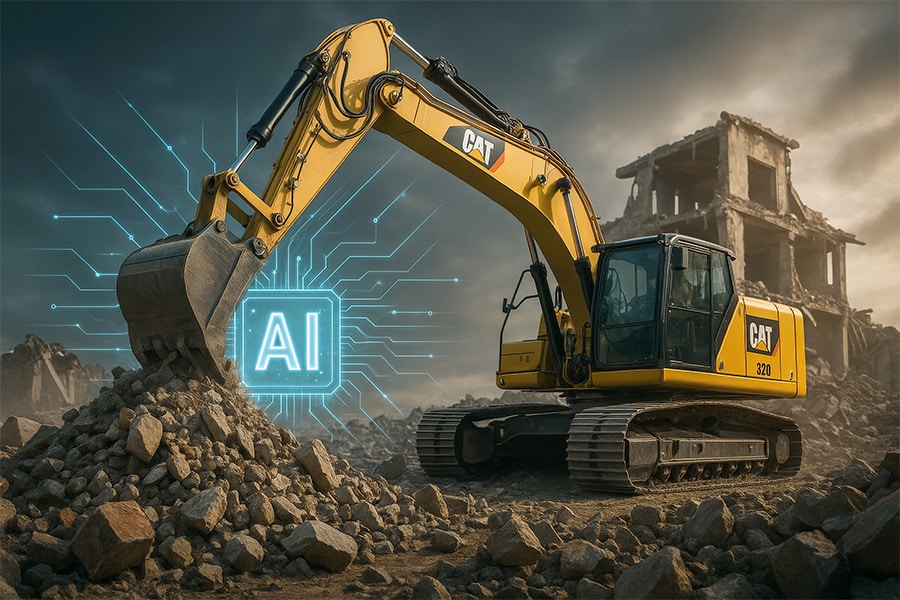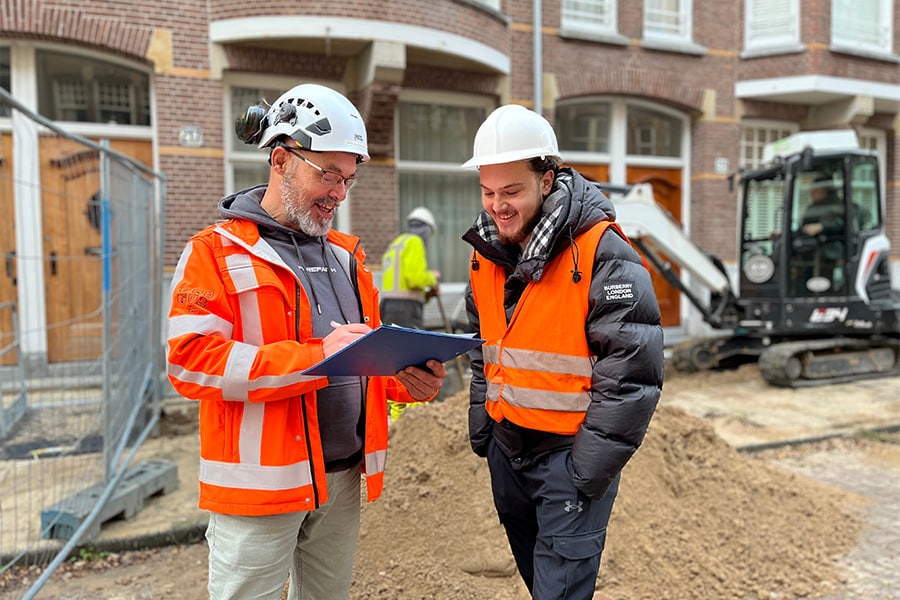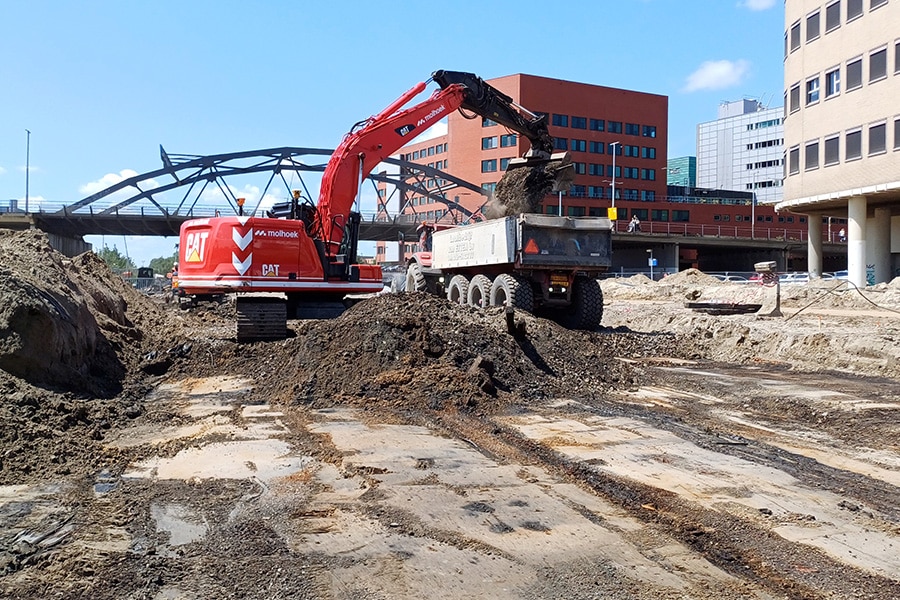
Shore power trial for coasters at Parkkade in Rotterdam
Municipality and Port of Rotterdam Authority will start a trial Dec. 13 to supply electricity to small ocean-going vessels at the Parkkade. As a result, they will not have to run their diesel generators to generate electricity for use on board. This saves air pollution and noise. The trial will last about five months. During this period, five different systems will be tested. In terms of scope and design, this trial is unique worldwide.
"With shore power we kill two birds with one stone: we get cleaner air and less CO2," said Arno Bonte, alderman for Sustainability and Air Quality. "Our ambition is to get all ships on shore power, starting with quays near residential areas. This trial is an important step to that end."
Allard Castelein, CEO of the Port of Rotterdam Authority: "We are taking shore power one step further all the time. It has been compulsory for inland shipping for about ten years. Stena Line in Hoek van Holland has it and we are going to install it for Heerema at Rozenburg. In the coming decades, many more ships will have to be plugged in. The larger the ships, the more complicated and expensive. So that takes time."
Mobile
A special feature of the trial at the Parkkade is that mobile concepts are used instead of a fixed power connection. These can therefore be used wherever there is a need for shore power. Various energy sources are being considered, such as hydrogen, a battery, (bio)LNG and hybrid solutions. With the latter, different sources are combined. The fuels mentioned require a generator on site to convert them into electricity.
Technical and commercial feasibility, user-friendliness and environmental impact will be the main focus of the trial. During the trials, measurements will be taken to determine noise and emissions from the systems compared to the same vessel generating power with its own generators.
Many coasters from shipping companies such as Wilson, Vertom and Wijnne&Barends berth at the Parkkade. In principle, any ocean-going vessel that docks there can use the mobile shore power, but by no means all ocean-going vessels are equipped with a plug connection for this purpose.
The trial involves about €500,000. The money comes largely from the State from the National Cooperation Agreement on Air Quality. Its purpose is to improve air quality in urban areas in particular.
Following the trial of mobile shore power at Park Quay, a second trial will be launched in 2020. This will focus on innovative shore power concepts for larger seagoing vessels. For this, € 1,500,000 is available.
hefty power consumption
Calculations by DNV GL and the Port Authority indicate that the total energy requirement of ocean-going vessels in the port is about 750-850 GWh. That is as much as about 200,000 households. So there are gains here for air quality, livability and climate.
Shore power is relatively the easiest to install and make profitable for inland navigation and ferries. The former use relatively little energy, the latter sail on fixed routes so that, apart from the ships themselves, facilities are needed in only a few ports.
Shore power for maritime shipping is more complex given the heftier power consumption and the fact that ships call at many different ports. This requires cooperation between ports, terminals and shipping companies. Importantly, large ocean-going vessels also consume much more electricity. Cruise ships, for example, with their thousands of passengers and crew, have the power consumption of a small town.
Five trials, five companies, five months
The five companies whose shore power systems will be tested over the next five months are:
- ENGIE Ventures & Integrated Solutions B.V.: Hybrid system with a Big Battery Box integrated with a biofuel (HVO) engine-generator;
- PON Power & sister companies: Hybrid container with a battery combined with a blue diesel fueled generator (HVO) in a 20ft container, with solar panels on the roof;
- Aggreko Benelux: LNG driven Gas engine in a 20ft container;
- Mobile Power BV: Bio-LNG driven turbine in a 20ft container;
- JP-Energy Systems B.V.: Hydrogen fuel cell generator combined with a small battery.




